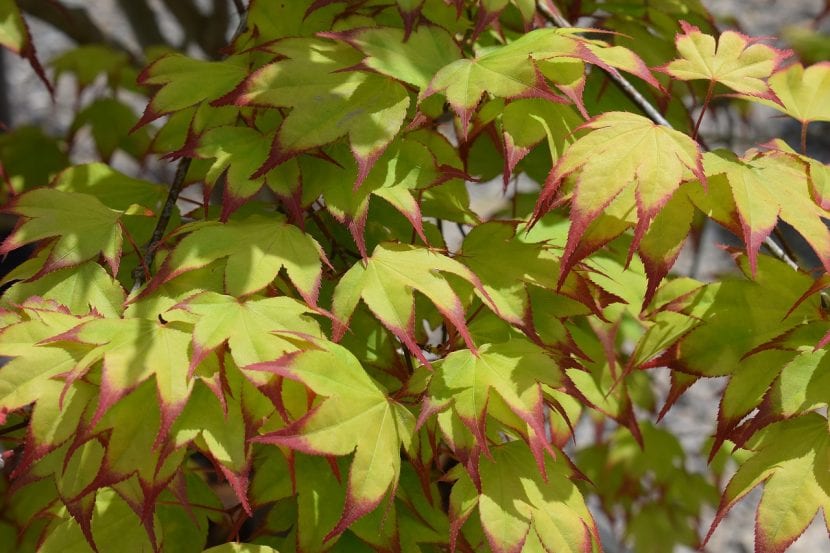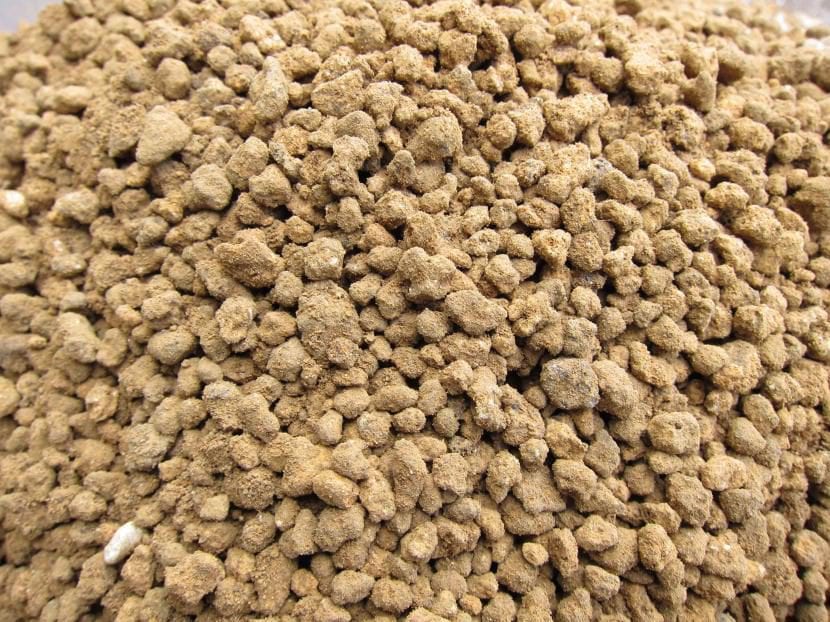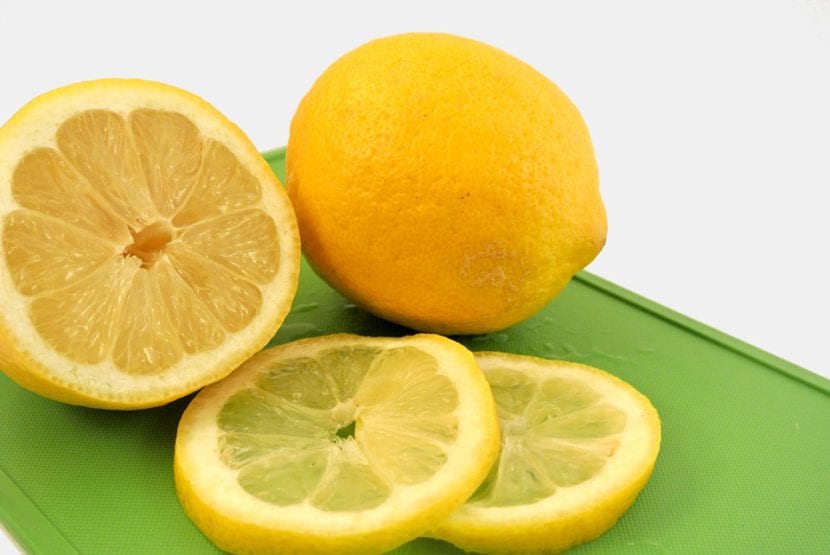
The japanese maples they fall in love with many people, even those who do not live (we live) in a suitable climatic zone for their cultivation. I'm not going to fool you: when the weather is good, it is easy to have them beautiful, but when not ... you have to be very aware of them. For this reason, forums and Internet portals are filled with doubts and concerns from people who see how their beloved little trees die without knowing how to avoid it.
I was one of those people myself, and do you know what answer they gave me? That you can't have maples where I live (on the island of Mallorca, Spain). But do you know what? Now I have a collection of seven different varieties and they are reasonably good. So I'm going to explain to you what do the brown leaves mean in Acer palmatum and what do you have to do to try to save it.
Inadequate substrate

akadama
The substrate is the key to everything: success or failure. If you live like me in the Mediterranean or with similar temperatures, with very hot summers (35ºC or more) and winters with very mild frosts (down to -1 or -2ºC) you cannot have Japanese maples in peat. They will not last you longer than the summer to arrive. Therefore, whether it is spring, summer, or winter, the first thing you have to do is get akadama, which is a substrate for bonsai that you will find for sale in any specialized store or online.
Why don't they survive in peat if they are grown in warm-temperate climates? For everything I'm going to tell you now:
- The high summer temperatures cause the soil to dry out very quickly, so to avoid this we water much more frequently.
- Peat absorbs water very well, which is great for maples, but it's too compact and the roots literally drown.
- The leaves, not having enough water, begin to turn brown quickly until they fall.
All this is avoided by planting them in akadama alone or mixed with 30% kiryuzuna. You can even plant them in vermiculite if you control the watering. When you go to transplant them, do not handle the earth bread too much.
Beware of the sea wind
Even if you live about 7km from the coast, be careful. The warm wind, especially if it comes from the sea, can irreparably damage the leaves. Japanese maples do not tolerate salt. For this reason, it is very important to keep them, for example, behind tall plants, which can slow the wind a little, or next to a wall or fence.
Under no circumstances can they be grown indoors. These plants have to be outside, in semi-shade, to be able to feel the passage of the different seasons.
Use adequate water and compost

The water that we will use to irrigate the Japanese maples will be rainwater or, if we cannot get it, acidic (mixing the liquid of half a lemon in a liter of water). With it we will water them very often, especially in summer. To know more or less when to water, I will talk to you again from my experience:
- In spring I advise watering every 3-4 days.
- In summer every 2 or 3 days.
- In autumn every 4-5 days.
- In winter once a week.
On the other hand, do not forget about compost. As every leaf counts, it must be fertilized with a fast-efficient fertilizer, so we will use a liquid fertilizer for acidophilic plants that we will find for sale in nurseries and garden stores. The instructions specified on the package must always be followed to avoid the risk of overdose. It must be borne in mind that plants will not grow better by fertilizing more; in fact, too much compost could kill them.
They cannot live in tropical climates
Sorry, these plants do not do well in tropical climates. They need to be cold in autumn and, above all, in winter so that their leaves can fall and the maples themselves hibernate. If they did not, they would become very weak and end up drying out.
I hope it has been useful to you 🙂.
Monica
Thank you very much for these tips. I live in a seaside resort 400 km south of Buenos Aires, Argentina. Here these trees grow well, I see them on the sidewalks but right at home I have one in the background that is having dry leaves. I am going to try to improve the substrate but it has been planted more than 1 year ago and last summer I did not have this problem, it may have excess water. Ah! by the way, our irrigation water is made of napa and here the water is hard, calcareous.
Thank you!
Hi Guadalupe.
It may be that the soil you have is a bit acidic. In any case, I recommend acidifying the water since if it is irrigated with hard water it can increase the pH of the soil and cause problems for the tree.
A greeting.